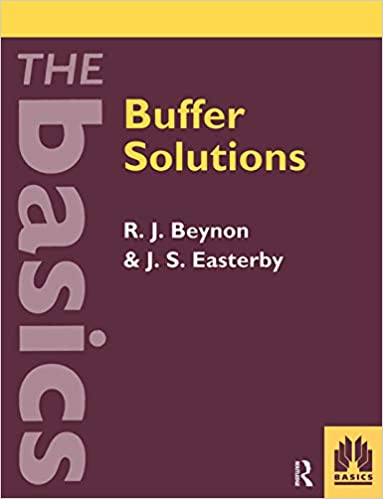Titration - standard substances
Titrant solution has to be standardized - that is, we have to determine its exact concentration. This can be achieved either by dissolving known mass of the substance in known volume of solution, or by titrating sample of a substance of known mass. However, for the standardization procedure to yield precise results weighed substance must meet several criteria. Substances that meet these critera are called standard substances.
Standard substance must be solid, cheap, easy to obtain in highly pure state, stable (ie its composition must not change with time), non hygroscopic and non-volatile, and it must react with titrant fast and with precisely defined stoichiometry. High molar mass (or more precisely high equivalent mass) is also recommended, as it increases relative accuracy. These criteria are selected to make sure that substance is easy to weigh, and that its solution will have exactly expected concentration.
Note, that many substances that can be obtained in a very pure form are in practice useless, as they contain variable amount of water of crystallization - amount that is highly dependent on the humidity, temperature and history of conditions in which the sample was stored. This is true for example for sodium carbonate or sodium thiosulfate. It doesn't mean all substances with water of crystallization can't be used, some - like borax or EDTA - can be prepared with well known composition.
Each type of titration has its own standard substances, although some substances are more universal and can be used for more than one titration type. For example KHP (potassium hydrogen phthalate) is used solely for acid-base titrations, but oxalic acid and sodium oxalate can be both used in alkalimetry and in redox titrations.





